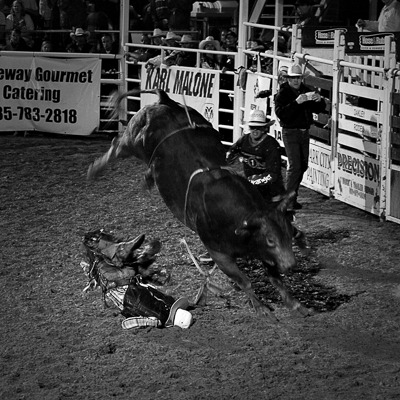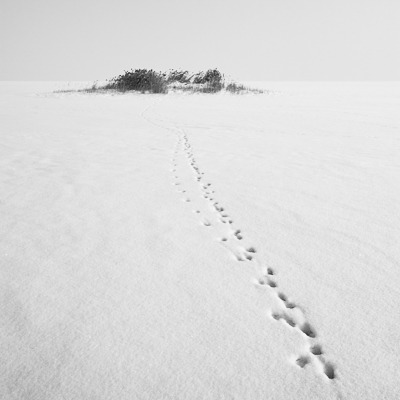Metering and Exposure Compensation
August 13th, 2019There are several camera settings that allow us to control or adjust how a scene is metered.
Most middle to upper end cameras include several metering mode options that control how much and which parts of a scene are used to assess the light intensity. The most basic of these metering options uses the entire visible scene to evaluate the exposure; this mode gives equal weight to the middle, edges and corners of the scene. Another mode, sometimes called spot metering, only uses the center of the image, sometimes the spot is as little as 1% of the total scene. Most cameras that include the ability to adjust metering have other options that fall somewhere in between these two modes.
Using the appropriate metering mode for the subject that you are shooting will help you get closer to an optimal image. For example: when shooting a wide landscape I probably would want to use a mode that takes into account the full scene. On the other hand when shooting an event where there is a strong central subject (see Faceplant below) I would most likely use spot metering to ensure the exposure on the subject was spot-on and not care about the less important edges and corners.

(Faceplant, Oakley Rodeo; Canon 5DMII, EF70-300 @ 135, 1/125s, f/6.7, ISO 6400)
Another option to control the metering of a scene is exposure compensation. As I stated previously, by default the camera attempts to achieve middle grey for the exposure. Using the exposure compensation setting allows you to tell the camera to purposefully under or over expose an image.
The exposure compensation setting is frequently present on the camera as a dial labelled -2, -1, 0, +1, +2. Setting the camera to 0 (zero) allows the camera to do it’s default thing and try and adjust to middle grey. Adjusting the dial to -1 tells the camera to adjust the target from middle grey to one full stop darker. (Recall one full stop is a halving/doubling of the light.) Conversely, adjusting to +1 will tell the camera to make the image lighter by one full stop. When shooting a winter snow scene using a setting of +1 or +2 will ensure that the snow is rendered whiter than middle grey.

(Canon 5DMII, EF16-35 @ 30mm, 1/1000s, f/6.3, ISO 250)
Understanding how your camera interprets the light intensity of a scene is the first step to achieving a keeper image. Using the most appropriate metering mode and, if needed, adjusting the exposure compensation setting will help get you closer to expressing your vision.
